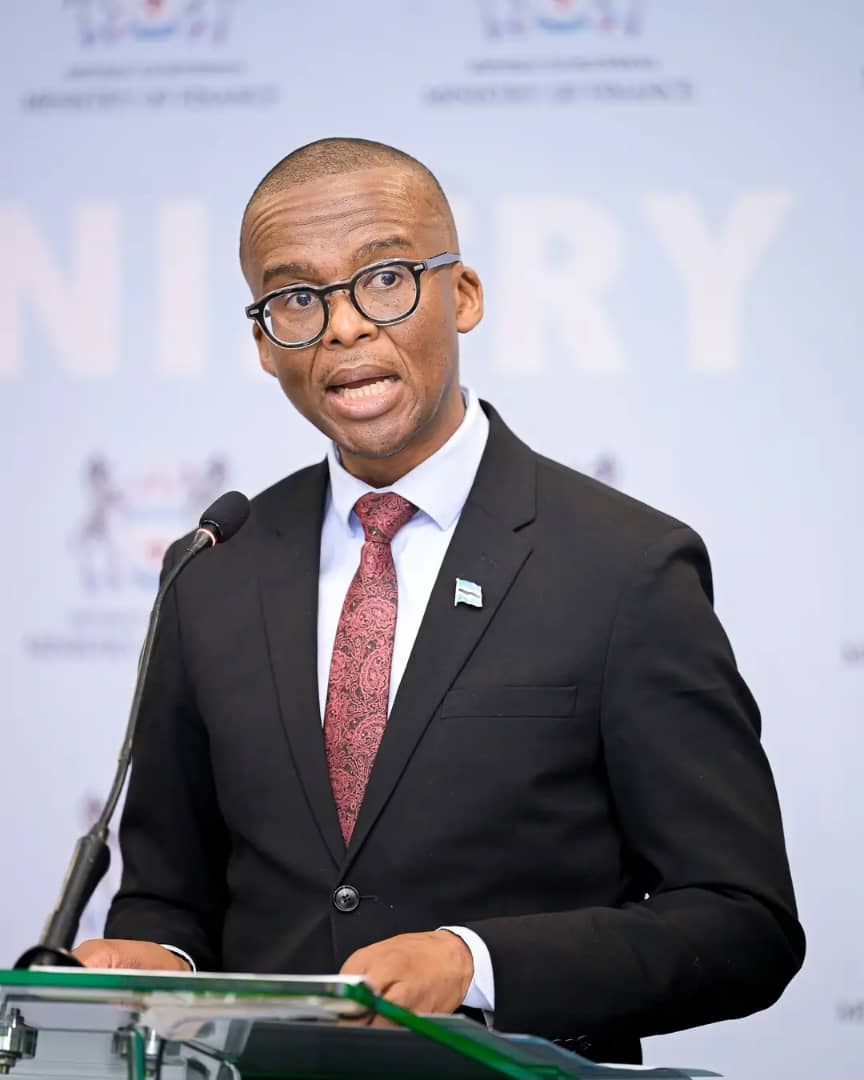Botswana is embarking on a new economic transformation journey that will be shaped by massive infrastructure development and leveraging global partnerships.
As described by the new government, the intention is to diversify away from diamonds, which have been the mainstay of the economy for decades. This is in the backdrop of dwindling government revenues. In recent memory, the global diamond markets have experienced volatility ranging from various factors which have mainly affected countries that rely on its trade.
However, there seems to be a light at the end of the tunnel for Botswana. In the wake of these economic headwinds, Botswana has forged on with a bold ambition that entails luring leading global conglomerates to invest in the country, thereby spearheading its industrialisation efforts.
To this end, this past week, Botswana entered into a multi-sectoral partnership with Qatar’s Al Mansour Holdings worth an estimated $12 billion. This deal, formalised through the Botswana Development Corporation(BDC), goes beyond mere figures. It outlines a strategic framework to drive long-term growth, diversify the economy, and build resilience across key sectors such as infrastructure, energy, mining, logistics, and digital technologies.
At the heart of this agreement lies a deliberate strategy: to use investment as a tool for economic transformation. It is a reminder that when capital flows are accompanied by coherent policies, institutional support, and strong leadership, they can become engines of industrialisation, job creation, and sustainable development. This approach is not new. Across the globe, various countries have successfully leveraged foreign investment to build modern economies, and among the most cited examples is Singapore.
*Lessons from Singapore
When Singapore gained independence in 1965, it was a small island nation with few natural resources, a fragmented society, and little to offer in terms of domestic demand. But it made a deliberate choice to welcome investment and to position itself as a trusted partner for global capital. What followed was nothing short of extraordinary. In the span of just a few decades, Singapore evolved from a low-income country to a high-income economy with one of the highest GDP per capita figures in the world. Investment played a pivotal role in this transition. But more than investment, it was the clarity of Singapore’s national vision, the discipline of its institutions, and the pragmatism of its leadership that made the difference.
One of the early innovations was the creation of the Economic Development Board (EDB), a dedicated agency that facilitated foreign investment through incentives, policy alignment, and sectoral targeting. The government identified key growth sectors including manufacturing, electronics, logistics, financial services and ensured that everything from infrastructure to workforce skills was tailored to meet investor needs. Education and training were prioritised, often in collaboration with foreign companies, to ensure that the local workforce could support increasingly complex industrial operations.
Singapore’s investment policy was never passive. It was active, informed, and constantly evolving. Over time, as global conditions shifted, Singapore adjusted its focus moving from low-wage industries to high-value technology and innovation sectors. Investment helped to build not just factories, but entire ecosystems of enterprise, research, and global trade.
Botswana’s new investment deal reflects a similar strategic mindset. The agreement with Al Mansour Holdings is not a one-off project, but a comprehensive framework designed to unlock long-term value. It targets critical enablers of development, including infrastructure, mineral value chains, energy supply, tourism, and digital transformation.
This approach is not about chasing investment for its own sake. It is about aligning capital with national priorities. It is about attracting the right kind of partners, who are committed not only to profit but to long-term impact. The establishment of a Joint Steering Committee within the agreement structure is a clear sign of Botswana’s intent to ensure coordination, transparency, and accountability, hallmarks of a modern investment governance model.
Reflecting on the Botswana–Qatar deal, it becomes clear that the story here is not just about money. It is about strategy. It is about learning from history without being bound by it. Countries like Singapore, South Korea, and Malaysia have shown that investment, when guided by clear policy, institutional discipline, and leadership, can transform the trajectory of a nation. Botswana should not copy these models. It should, as President Duma Boko once noted, draw counsel from history, not blueprints. It is identifying what works and adapting it to our national context.
Of course, no journey is without its challenges. Singapore, too, faced numerous setbacks. In the 1970s and 1980s, rising wages and cost pressures led to the migration of low-skilled industries to cheaper destinations. In response, Singapore pivoted toward high-tech manufacturing and services. During its first post-independence recession in 1985, the country launched new partnerships between multinational firms and local businesses to strengthen domestic capabilities and ensure that foreign investment was embedded in the wider economy. When the global environment changed, Singapore did not retreat. It recalibrated.
Botswana will also face its own tests. Implementation, capacity building, and coordination across sectors will require diligence and agility. But the structure of the current framework, and the clarity of its intent, suggest that these challenges are anticipated and will be met with the same pragmatism that defines successful economies.
What this agreement represents is a moment of strategic clarity. Investment, when approached with vision and purpose, becomes more than capital. It becomes a commitment to growth, to opportunity, and to a future made by our own hands.
As Botswana embarks on this new chapter, the foundation is being laid not just for projects, but for progress. And in doing so, the country is showing that with the right partners, the right policies, and the right mindset, investment can indeed be the bridge between aspiration and achievement.



